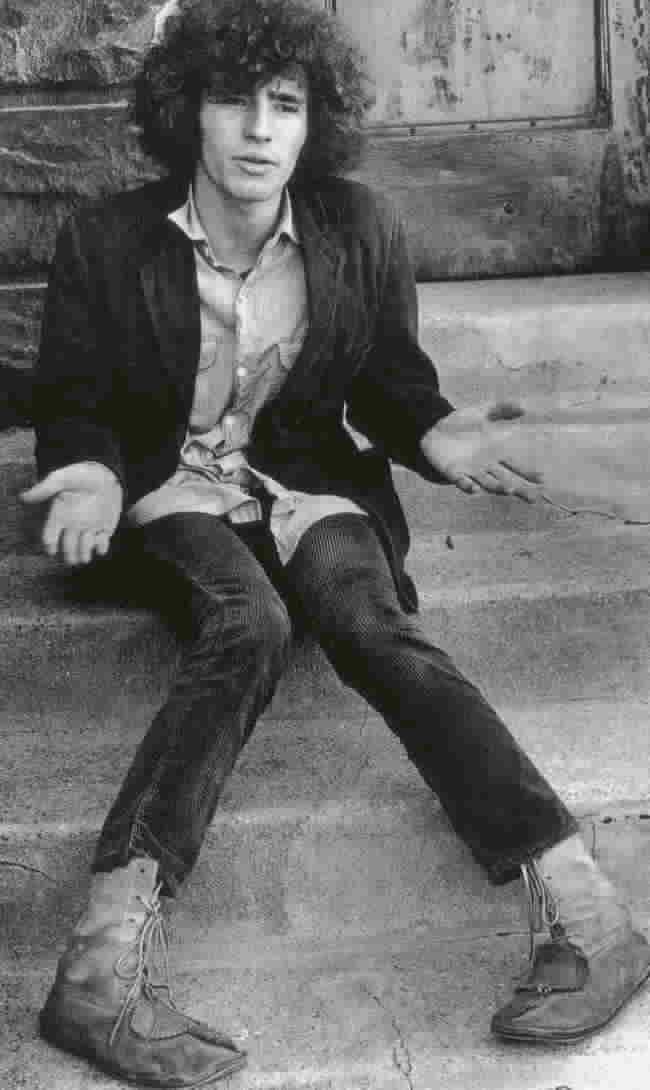
Usage: Individually or in combination, signs from the shoulder-shrug display (e.g. head-tilt-side, shoulder-shrug, and pigeon-toes)--suggest feelings of resignation, powerlessness, and submission. In courtship and rapport, the cues show harmlessness and friendly intent, thus inviting physical approach and affiliation.
Constituents. The shoulder-shrug display involves the entire body in a visual crouch. As described by Darwin (1872), the display consists of 1. raised shoulders (elevated; trapezius and/or levator scapulae muscles contracted), 2. head-tilt sideward (lateral flexion), 3. elbows bent and held into the body (flexed and adducted), 4. upraised palms (forearms supinated; see PALM-UP), 5. palm-show (wrist extended), 6. open hand (digits extended), 7. fingers spread (abducted), 8. eyebrows raised (frontalis contracted; see EYEBROW-RAISE), and 9. mouth opened (digastric and suprahyoid contracted; see JAW-DROOP). A century later, 10. pouted lips (mentalis contracted; see LIP-POUT), 11. "knock-knee" position (tibial torsion), 12. bending forward at the waist (flexion, slight bowing; see BOW), and 13. "pigeon-toe" position (toes angled in) were added to the display (Givens 1977).
Origin. The shoulder-shrug display incorporates defensive crouch movements from the protective tactile withdrawal reflex.
Media. In TV news reports, as she approached, gazed at, and spoke to "commoners," England's Princess Diana flexed her shoulders forward and tilted her head to the side, thus showing compassion for those beneath her station. (N.B.: Nonverbally, Lady Diana connected by curtseying back.)
Neuro-notes. Socioemotional stimuli for shrug-display cues involve the forebrain's amygdala (LeDoux 1995, 1996) and basal ganglia (or "reptilian core"; MacLean 1990). Submissive feelings find expression in coordinated muscle contractions designed to bend, flex, and rotate parts of our axial skeleton and appendicular skeleton, to "shrink" the body and show a harmless "lower" profile. (N.B.: Unlike the high-stand display, diverse motions of the shrug complex were designed for defense rather than for offense--for self-protection in the physical world, as well as for self-protection in a social world mediated by signs, signals, and cues.)
Copyright 1998 - 2019 (David B. Givens/Center for Nonverbal Studies)
Photo of Tim Buckley in Central Park, by Linda
McCartney (copyright 1992 by MPL Communications
Limited)